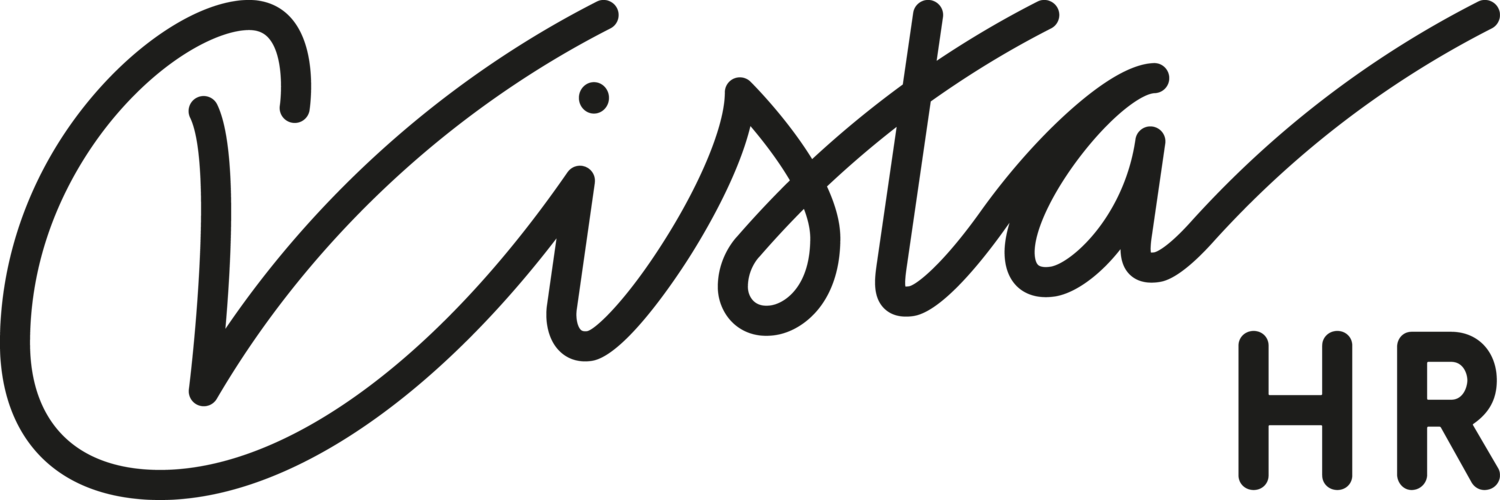Get the year started with everything in place, especially matters related to Human Resources which are things that can and may be easily neglected. Have you come across arguments and disagreement rising because it was not written on papers, and you have your employees coming to you with another set of information? It is, then again, words against words – which we commonly said there is no “black and white”.
Avoid such arguments and disagreement as this will create an unhappiness environment and distrusting employees. Never get yourself caught in between legality issues and later having to pay a higher price.
So, what exactly is needed in an employment contract so that it not only safe guard the employees but yourself as employers too?
1. Name of employer
2. Name of employee
3. Job title and main duties and responsibilities
4. Date of commencing employment
5. Duration of employment (Only for employees on fixed-term contract)
6. Daily working hours, number of working days per week and rest day(s)
7. Salary period
8. Basic salary per salary period
9. Fixed allowances per salary period
10. Fixed deductions per salary period
11. Overtime payment period
12. Overtime rate of pay
13. Other salary-related components (e.g. bonuses, incentives)
14. Statutory Leave entitlements (e.g. annual leave, outpatient sick leave)
15. Other medical benefits (e.g. insurance, medical, dental benefits)
16. Probation period
17. Notice period for termination of employment initiated by either party
How about the details that are required in a payslip?
1. Full name of employer.
2. Full name of employee.
3. Date of payment (or dates, if the pay slips consolidates multiple payments).
4. Basic salary
For hourly, daily or piece-rated workers, indicate all the following:
• Basic rate of pay, e.g. $X per hour.
• Total number of hours or days worked or pieces produced
5. Start and end date of salary period
6. Allowances paid for salary period, such as:
• All fixed allowances, e.g. transport.
• All ad-hoc allowances, e.g. one-off uniform allowance.
7. Any other additional payment for each salary period, such as: Bonuses, Rest day pay, Public holiday pay
8. Deductions made for each salary period, such as: All fixed deductions (e.g. employee’s CPF contribution), All ad-hoc deductions (e.g. deductions for no-pay leave, absence from work).
9. Overtime hours worked.
10. Overtime pay
11. Start and end date of overtime payment period (if different from item 5 start and end date of salary period).
12. Net salary paid in total.
Start 2017 by getting the above 2 components correct!
You may also download a sample of the Payslip from MOM website: Click here
You may also download a sample of the Key Employment Terms from MOM website Click here

